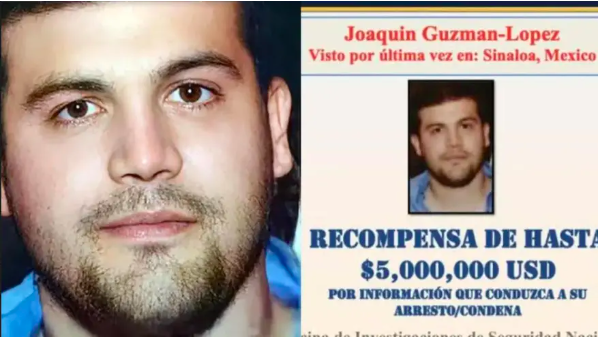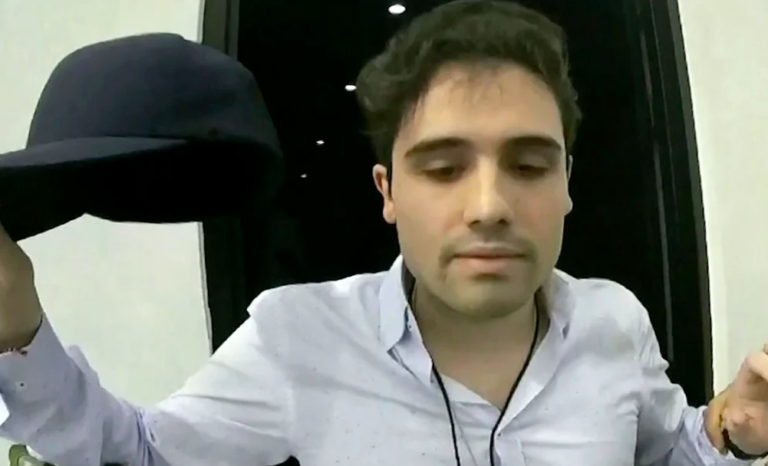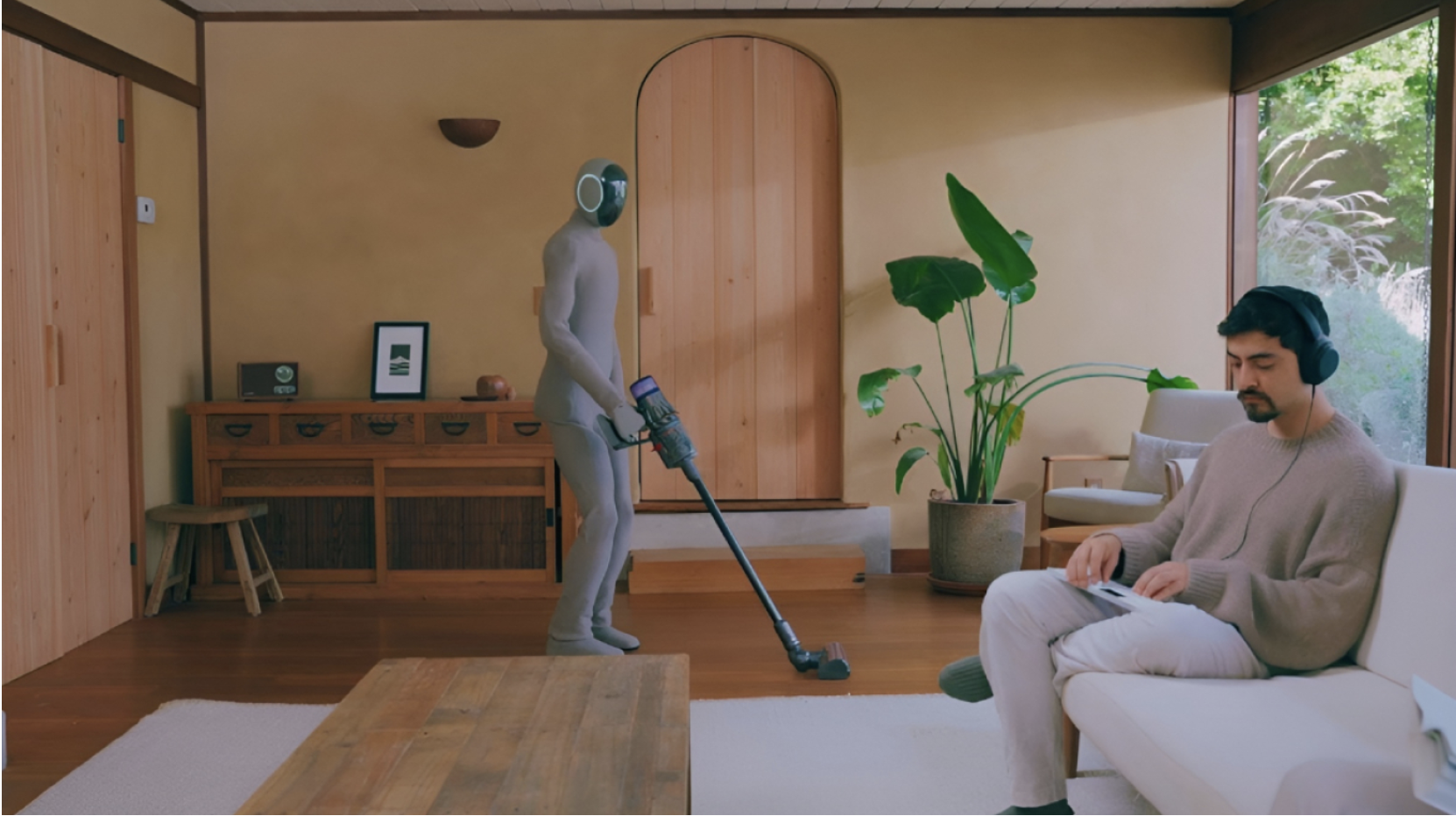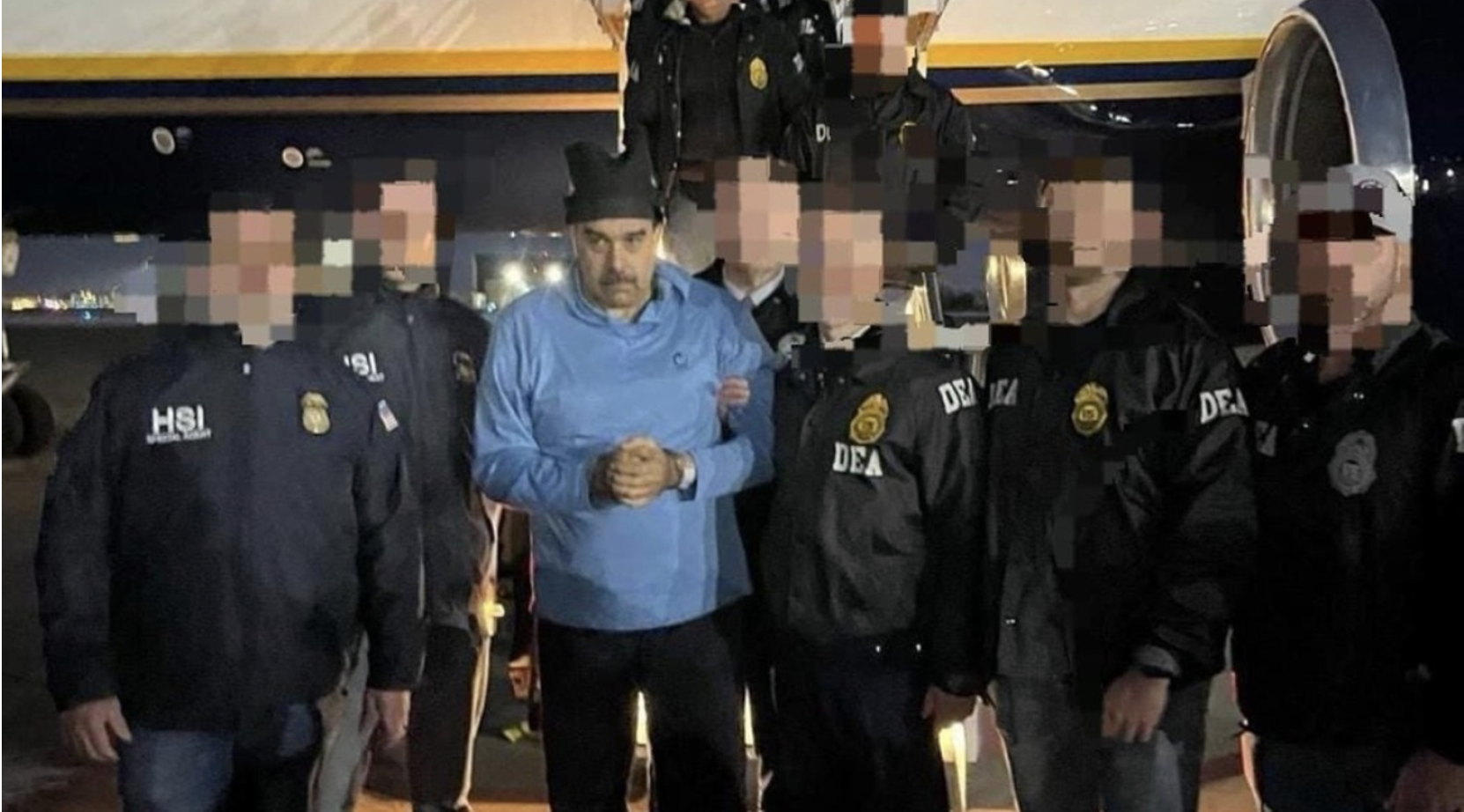On Friday, July 25, everything seemed to be running smoothly at the private airport in El Paso, Texas, as a private Lear jet landed in the midday heat.
Ismael “El Mayo” Zambada, the “invisible” leader of the Sinaloa drug cartel and the man who believed he succeeded El Chapo, was as calm as he could be with a hood over his head until the plane came to a stop.
He exited the plane followed by one of El Chapo’s sons, Joaquín, whom he had essentially kidnapped, not to view some luxury homes as initially claimed.
El Mayo rarely left the Sierra Madre mountains, where he had hidden for decades in various ranches and safe houses, sometimes with family members. He didn’t realize he was surrounded by a dozen DEA agents until they had their guns pointed at him and his godson.
When they put him in handcuffs, his mind began searching for “El Ratón” — the “rat” who had betrayed him and ended his reign as the undisputed boss of the Sinaloa cartel.

He would learn more about this weeks later…
El Chapito Who Sang!
What Ismael Zambada didn’t know was that two days before his arrest in El Paso, Ovidio Guzmán, another son of El Chapo and Joaquín’s brother, who had been arrested in January 2023 in Culiacán and later extradited to the US, was released from prison. This move was widely commented upon and led to speculation about where the son of one of the biggest drug traffickers of recent decades had fled.
According to El País, the Mexican Attorney General is already investigating Ovidio’s possible involvement in the dramatic kidnapping by DEA agents at the El Paso private airport. In collaboration with his brother, he allegedly set a trap for the cartel boss who succeeded their father.
In a letter released by Zambada’s lawyer, El Mayo claims he was kidnapped by Joaquín Guzmán and his men, who placed a hood over his head. They then put him in a pickup truck and drove him to a runway, where a plane awaited with engines running, and boarded the plane with Joaquín Guzmán.
Joaquín was also arrested by DEA agents, but seemingly for formal reasons, even though El Chapo’s son had delivered the Sinaloa cartel boss “on a silver platter.”
He and his brother had unsettled accounts with El Mayo, and it was time to settle them with the man who said, “Vanity is the worst enemy of this job. Step by step, I climbed the ladder. I have power for many years, and from up here, I see those who wanted to bring me down falling.”
In the end, he too fell.
The War for the Sinaloa Cartel
Automatic weapons fired in bursts. The seven men caught in an ambush had little room to react on a Wednesday in June 2020. The executors of “Los Chapitos” — the nickname for El Chapo’s three sons — left the seven sicarios of Ismael Zambada dead in a pool of blood.
They were discovered a few hours later by Sinaloa security forces, while the brutal images and videos taken by some were already published on social media and news websites.
The men lay dead next to a truck in the Tepuche neighborhood, while another eight dead were found in the Los Bagresitos community in the ongoing civil war within the Sinaloa cartel.
What remained “orphaned” after the arrest and conviction of the famous drug lord Joaquín “El Chapo” Guzmán, who is serving a life sentence in a US prison, was left to two main contenders.
The first was Ismael “El Mayo” Zambada, El Chapo’s right hand who believed that after the arrest of the boss, he was the new patron, i.e., the boss. However, he did not anticipate the challenge from El Chapo’s three sons: Iván Archivaldo, Joaquín, and Ovidio.
“Los Chapitos,” as they were known, proved to be very tough and decisive, believing themselves to be the new leaders of the cartel, leading to an inevitable civil war.
This is not the first, and surely not the last, violent conflict in this Mexican state, which has been a major player in the cocaine and crystal meth trade since the early 1980s.
Kidnappings, horrific murders, and bodies hanging from bridges with notes pinned to their chests turned Sinaloa into a hell on earth. A place where human life has no value to drug lords, who instill fear through their sicarios — the enforcers who kill indiscriminately.
The Predestined Fate
Zambada had at his disposal “Los Russos,” commanded by “El Ruso,” while El Chapo’s sons had several loyal “soldiers” of their father.
The executions of fifteen of El Mayo’s men opened the floodgates of violence once again in the tortured Sinaloa and Culiacán, where drug production and trade remain at the forefront.
However, aside from the civil war, there were also pandemic problems, as Vice reported that the cartel’s supply chain for the chemicals necessary for methamphetamine and fentanyl production was largely tied to China.
The coronavirus and global lockdown caused shortages of these chemicals, and Zambada sent a message to his dealers:
“From now on, everyone will sell half a kilo of crystal for 15,000 pesos (560 euros). If you don’t comply, there will be consequences,” concluded the drug lord’s message.
At that time, he believed he was the undisputed leader of the Sinaloa cartel and retaliated for the murder of the 15 men who worked for him by the sons of Guzmán.
The fate of the three young men seemed predestined following their father’s arrest and conviction, who was transferred to the harshest US prison, ADX Florence, in Colorado.
They had to prove that despite his absence, they were the “heirs” of the Sinaloa cartel that their father began building in the mid-1980s.
The civil war between Los Chapitos and Zambada took a long time to resolve, spilling much blood in Sinaloa and Culiacán — the place where one of the deadliest drug cartels was born and flourished, ruled by a short, unattractive man with a piercing gaze who started as a driver for a patron and transformed into a “cocaine emperor.”
Ask me anything
Explore related questions





